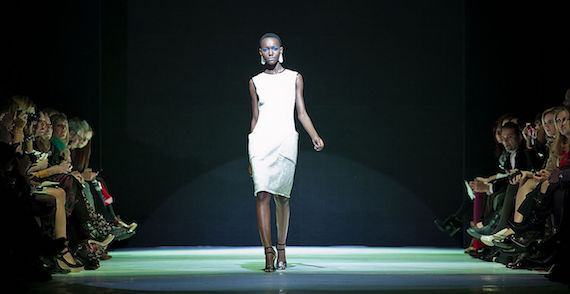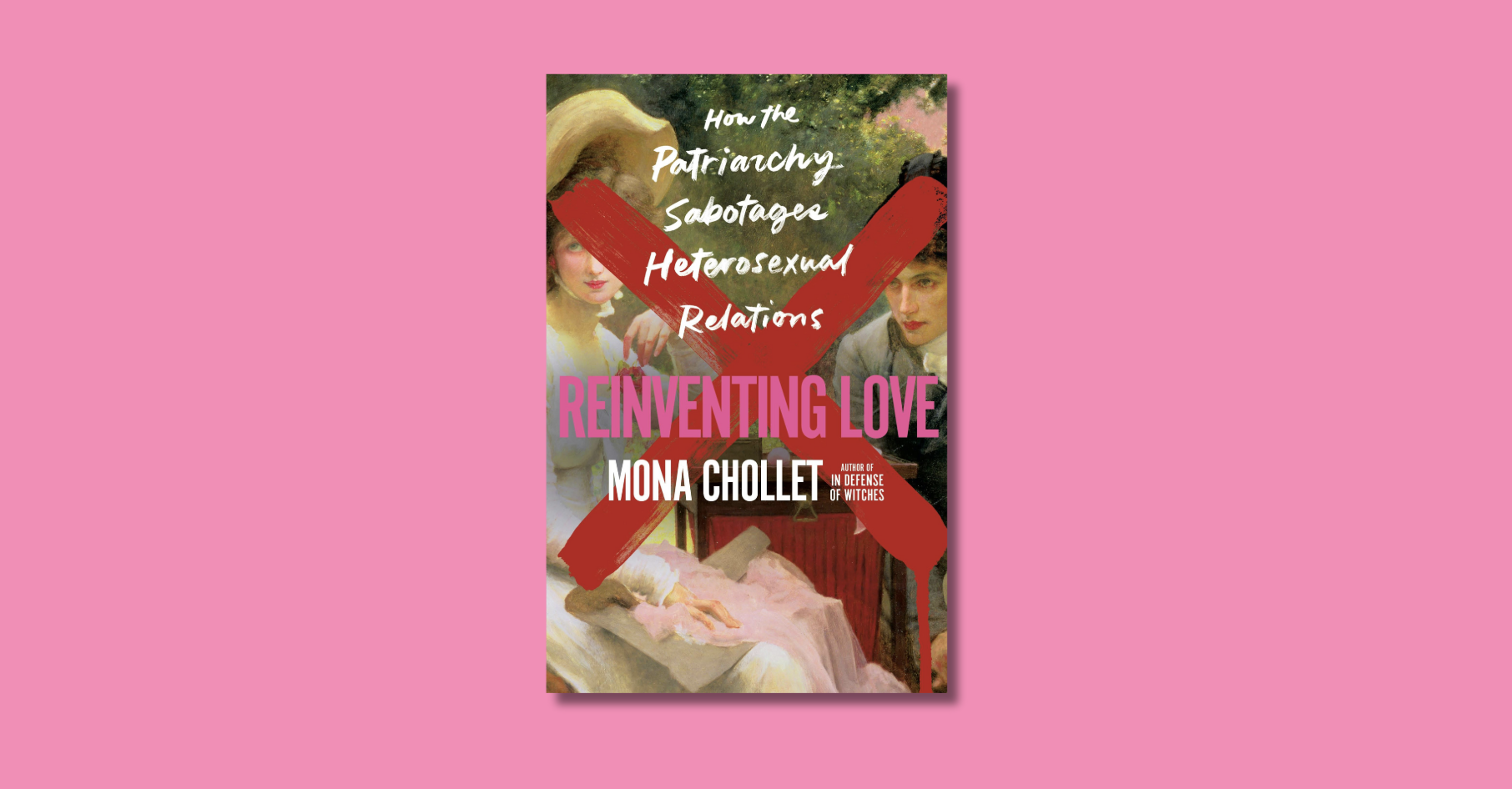
This July, I published my first novel, An Innocent Fashion, the story of a queer, biracial millennial who spirals into a depression after landing his dream job at a fashion magazine. The book was aptly pitched as “The Bell Jar meets The Devil Wears Prada” — with one foot firmly in each of both the “literary” and “commercial” realms. Yet the latter half of this equation proved the source of a major frustration. Specifically, I was self-conscious about other people’s biases against fashion, the commercial (read: “unserious”) theme on which my whole novel pivoted. In interviews I downplayed the fashion element over and over, explaining that despite being set in the office of a fashion magazine, the book was complex, using fashion to explore deeper societal issues.


 Part of my preoccupation with “seriousness” came with the territory of being a first-time author; I yearned to be well-respected, considered “good enough” for one’s work to count as capital-L Literature. But the other part stemmed from a truth I’d been fighting from a young age: that fashion, which I had been passionate about from a young age, was not a very serious or important subject.
Part of my preoccupation with “seriousness” came with the territory of being a first-time author; I yearned to be well-respected, considered “good enough” for one’s work to count as capital-L Literature. But the other part stemmed from a truth I’d been fighting from a young age: that fashion, which I had been passionate about from a young age, was not a very serious or important subject.
I grew up within a tight-knit Cuban family in Miami, surrounded by traditional values including the sharp distinction between male and female gender roles. As do many others, I learned that fashion was “for girls,” the subtext being that as it was somehow lesser — a frivolity. Personally, I didn’t see why fashion should be considered inherently more trivial than any other form of creative expression — writing, for instance, or fine art. I maintained that fashion’s unfair reputation was a reflection of my conservative environment. But even as an undergraduate at liberal-minded Yale, where intelligent peers sometimes expressed a heady disregard for the sartorial sphere, the effects of an entrenched bias were still evident. Others didn’t think as highly about fashion as I did; everywhere I went, fashion was considered frivolous.

 Many books that embraced fashion as subject matter seemed to confirm and perpetuate this notion. As far as I could tell, fashion-oriented books fell primarily into the category of chick lit — juicy reads like Confessions of a Shopaholic and Bergdorf Blonds, in which “fashion” was a code word for the same kind of guilty pleasures afforded by junk food and reality TV. Of course, the biggest phenomenon in this league was The Devil Wears Prada.
Many books that embraced fashion as subject matter seemed to confirm and perpetuate this notion. As far as I could tell, fashion-oriented books fell primarily into the category of chick lit — juicy reads like Confessions of a Shopaholic and Bergdorf Blonds, in which “fashion” was a code word for the same kind of guilty pleasures afforded by junk food and reality TV. Of course, the biggest phenomenon in this league was The Devil Wears Prada.
Because like the author of Prada, I too had been a fashion assistant when I wrote my book, Prada had made for an inevitable comparison to An Innocent Fashion from the start. But unlike my book, however, in which even the least likable characters defy overarching stereotypes, Prada devotes 360 pages (and the film equivalent, two hours) to driving home the idea that fashion is not only frivolous, but also, inexplicably, “bad” — and that the people who love it are some inevitable combination of mean, superficial, and/or stupid. Aspiring to a career in”serious” journalism — the protagonist Andy Sachs paints an unanimously damning picture of her colleagues: nasty, brutish, and dagger-heeled.
The result of this reductive portrayal of the fashion industry is that pithy stereotypes remain unchallenged — a missed opportunity.
After all, it wasn’t always this way. If, in many realms, fashion has had an unfair reputation as a shallow womanly diversion, in literature it was put to use by some of our most important authors.


 Consider Joan Didion’s The Year of Magical Thinking, in which, after her husband’s death, she can’t bear to throw away his shoes, which she compares to vital organs: “How could he come back if they took away his organs, how could he come back if he had no shoes?” There’s Sylvia Plath, whose novel The Bell Jar paints a portrait of a woman on the verge of losing her sanity, while working for the fictional equivalent of Mademoiselle in the ’50s. While the superficial magazine goings-on provoke the main character’s despair as she realizes her powerlessness to resist her destiny as a wife/mother/homemaker, she is frequently transfixed in earnest by the beauty of clothes and shoes, and “a whole life of marvelous, elaborate decadence that attracted me like a magnet” — making her relationship to fashion complex and real. In Edith Wharton’s society novels, corsetry and ruffles help Wharton make elegant, searing criticisms of class and gender inequality (“If I were shabby no one would have me,” says Lily Bart in The House of Mirth, “a woman is asked out as much for her clothes as for herself”) — while who could forget the meaningful implications of fashion in Breakfast at Tiffany’s, or The Great Gatsby, or Gone with the Wind?
Consider Joan Didion’s The Year of Magical Thinking, in which, after her husband’s death, she can’t bear to throw away his shoes, which she compares to vital organs: “How could he come back if they took away his organs, how could he come back if he had no shoes?” There’s Sylvia Plath, whose novel The Bell Jar paints a portrait of a woman on the verge of losing her sanity, while working for the fictional equivalent of Mademoiselle in the ’50s. While the superficial magazine goings-on provoke the main character’s despair as she realizes her powerlessness to resist her destiny as a wife/mother/homemaker, she is frequently transfixed in earnest by the beauty of clothes and shoes, and “a whole life of marvelous, elaborate decadence that attracted me like a magnet” — making her relationship to fashion complex and real. In Edith Wharton’s society novels, corsetry and ruffles help Wharton make elegant, searing criticisms of class and gender inequality (“If I were shabby no one would have me,” says Lily Bart in The House of Mirth, “a woman is asked out as much for her clothes as for herself”) — while who could forget the meaningful implications of fashion in Breakfast at Tiffany’s, or The Great Gatsby, or Gone with the Wind?
Contemporary books touting fashion as subject matter rarely, if ever, offer such depth or complexity, while those that revolve around fashion magazines nearly always feature a cast made up exclusively of privileged white women. This perhaps more than anything is what I hoped would distinguish my novel. Given the precedent set by annals of homogeneously populated chick lit, the main character isn’t who you’d expect. He’s a person of color, queer, and the opposite of rich — an outsider named Ethan for whom the glamour of fashion represents the inaccessibility of the American dream. In the Prada-sphere, Ethan would surely be reduced to a stock character — most likely, a white woman’s sassy gay best friend.
The need for nuanced representations of fashion in fiction has never been greater. Fashion offers a unique lens to view some of the most important issues of our time: class, gender, race, and sexuality. Depictions of fashion in literature can and should reflect that, providing new ways to engage with the dialogue of human progress, challenging our ideas about society and personal identity. These goals, after all, are at the heart of literature and fashion alike.
See Also: Clothes in Books and Ways to go Wrong
Image Credit: Wikimedia Commons.








